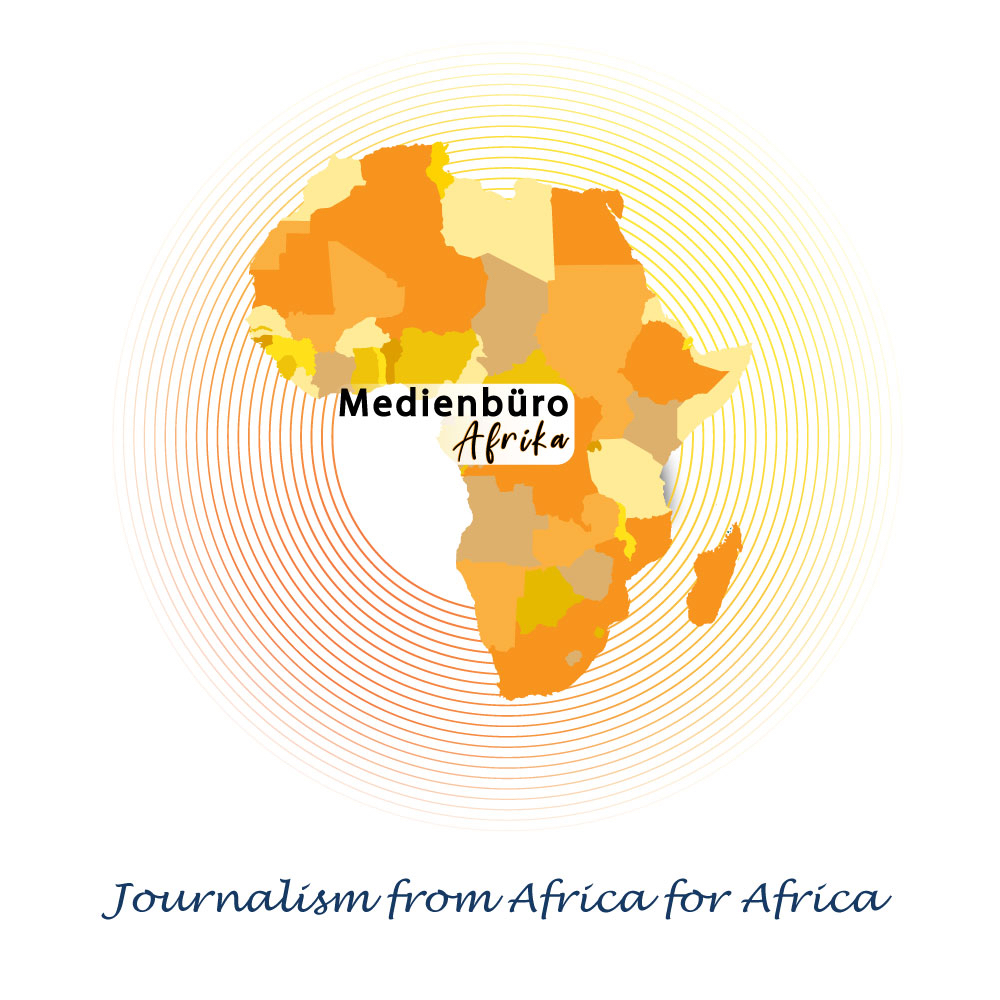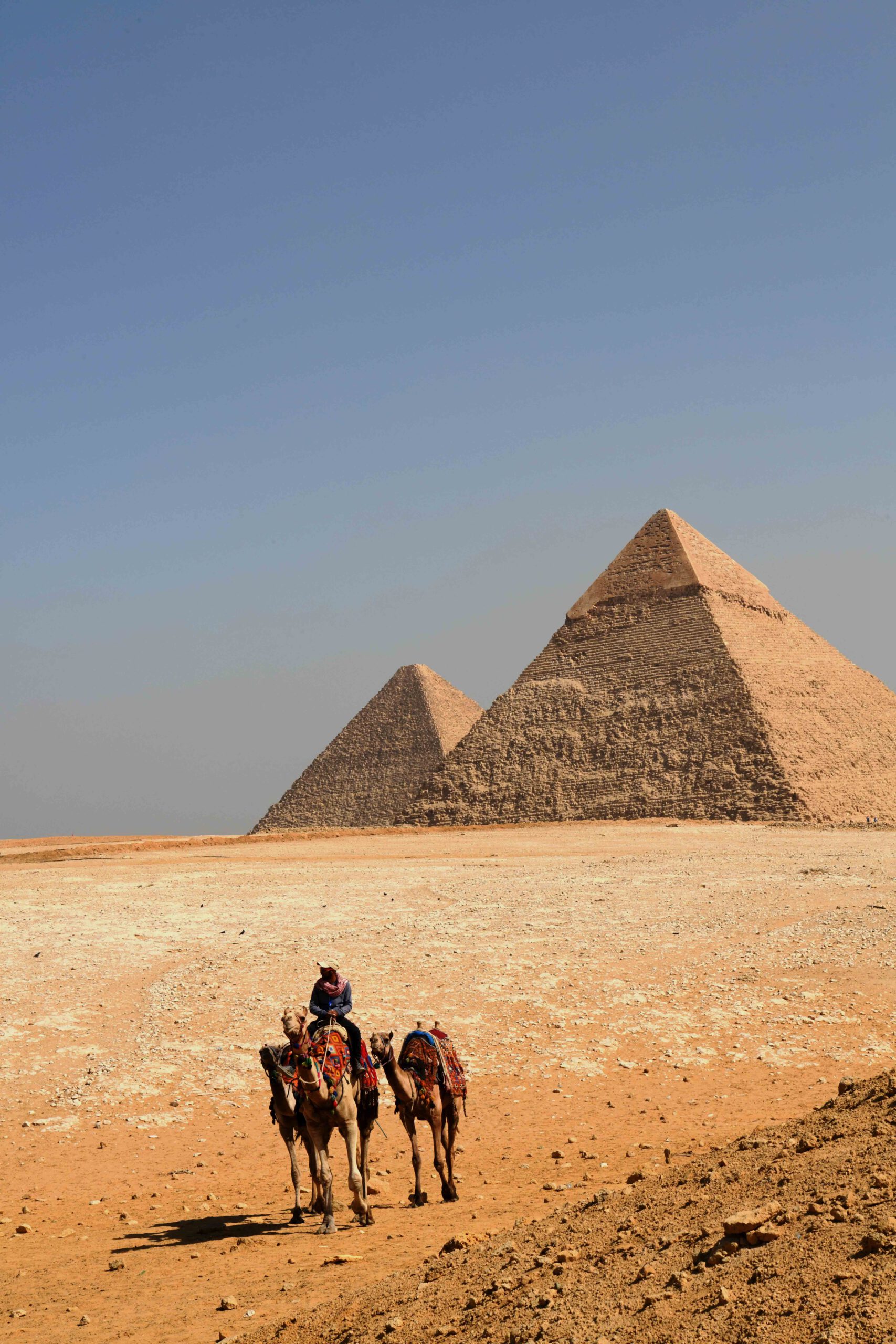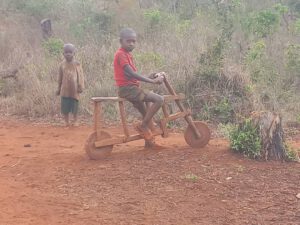A sleeping giant
Wind energy in Middle East and Northern Africa (MENA) is still a rather neglected topic. Solar energy is in the foreground of media attention because of the strong solar radiation in this region. However, wind energy offers considerable advantages. Due to the strong winds, this renewable source is suitable for the
cheap electricity production. The cost can be less than 3€ cents per kWh. Even more, the wind blows at night when the sun is not shining. Most of the sites are hardly inhabited. The conflicts of use and discussions about sufficient distance that are common in Germany are thus eliminated.
Wind power on the African continent began in Egypt and Morocco. Under the leadership of Mohammed VI, Morocco is characterised by relative stability in the Arab world. It is the prerequisite for economic growth in the region.
At many locations in Morocco, especially on the coasts, there are high wind speeds that promise large electricity yields with constant winds. Wind speeds are around 35 km/h and are about as strong as in the middle of the North Sea.
The constantly blowing Atlantic trade winds are responsible for this. This enables 4500 full-load hours and more per year.
The beginnings of wind energy go back to the end of the 1990s. Gamesa, now Siemens Gamesa, has made a name for itself as a supplier. The Spanish in particular look back on a long common history with their Arab neighbours through the Moors. The Berber tribe once conquered the Arabian peninsula with the Arabs and ruled there about 1400 years ago. Today, cultural mixing is a historical basis for constructive cooperation between the two cultures, because renewables must also fit into the lifeworld of Muslim people. One of the experts on renewable energies in Morocco is Tarik Hamane. He knows the history of renewable energies in the region, says Hamane: “The first wind farms were built in Morocco at the end of the 1990s. During the 90s, we studied these resources and the planning of the first wind farms started in 1997.
In the year 2000, the Koudia AlBaida wind farm near the town of Tetoean went into operation. This location is within sight of Europe at the northernmost tip of North Africa. With a nominal capacity of 54 MW, the plant produces renewable electricity on the African continent, a pioneering achievement. A sensitive issue is the major corridors for migratory birds. Morocco is one of the most important transit countries for migratory birds between Europe and Africa. And migratory birds behave the same way as they do over sea. They fly over the Moroccan coastline at very low altitudes, so that they are threatened when they come within striking distance of the rotors. This is a criterion that must be taken into account when building wind farms.
The location at the northern tip of Africa is very productive. That is why the first wind farm on the African site is currently being rewpowered. For this purpose, the Moroccan Agency for Renewable Energies MASEN is purchasing rotor blades from the Siemens Gamesa plant.
Between 2000 and 2010, further wind projects were developed. Technically, these could be realised, but economically, the wind power plants still had to be supported, says Hamane. In the coming decade, wind power in Morocco should take off, as learning curves were passed through. In 2009, Morocco presented an ambitious energy plan, according to which 42 per cent of the total installed electricity capacity was to come from renewable sources by 2020. By 2020, Morocco wanted to have installed 2000 MW of power plant capacity each in the form of solar, wind and hydropower plants. Plans for power plant complexes were quickly drawn up and then consistently implemented. Hamane believes that this will almost be completed by 2022.
2016 is a special year in Morocco, because the contracts for the construction of 5 wind farms with a total capacity of 850 MW are worth over 1 billion euros. The parks will be built in Midelt 150 MW, Tangier 100 MW, Jbel Lahdid 200MW as well as Tishred 300 MW and Boujdour 100 MW. The wind power could be produced at a price of 2.7 €cent/kWh due to improved plant technology. This was the world record 5 years ago. Because of the success, the wind farms were expanded or, as in Jbel Lahdid, orders were currently placed for a 270 MW project. This electricity could be transported to Europe via a cable connection between Morocco and Spain.
Along with South Africa, Morocco is driving developments fastest on the African continent. The location factors are right here. What’s more, Siemens Gamesa began manufacturing rotor blades for wind turbines in Tangier in 2017 to supply the large wind farms being built on the African continent. Thus, the value creation for the process takes place on the African continent. This is a strategy by Morocco not to replace colonial dependencies with technical liabilities. The production of the bulky components is a manual process and the Moroccan employees of the company for this were trained in Denmark. In this way, causes of flight can be curbed. The technology is easier to handle and produce compared to the complex solar thermal systems. This is an advantage compared to solar energy.
Currently, much is also revolving around green hydrogen in Morocco. As it is available day and night, wind power will play a major role here in hybrid power plants that also use the sun as an energy source. If the political leaders have their way, as much GW output as possible should follow through wind power plants.
Some wind farms have also been realised in Algeria and Tunisia. One of the pioneers for wind energy in Africa and the MENA region is Egypt By 2030, the share of renewable energy in Egypt should be 53 percent, according to Vision Egypt 2030. However, populous Egypt is a growing country. The population is increasing by 2 percent annually and the amount of energy converted is increasing by 5 percent. To explore the conditions for wind power, the online Global Wind Atlas is an excellent research tool. Here, the prevailing wind speeds are visualised in colour. Wind energy has a particularly high potential in the Gulf of Suez. The winds blow at speeds of around 10.5 m/s from the north/northwest. Orthogonally to this, thousands of wind turbines have been installed at a distance of 200 to 300 metres. The distance between the rows is 70 to 110 metres. Wind turbines have a rotor diameter of 70 – 110 metres with an output of 2 to 5 MW with special turbine technology adapted to the desert conditions. In Egypt, a total area of almost 4000 km2 is available for wind turbines. Wind turbines can provide an output of 35,000 MW here. This is a potential that will certainly be used for the production of green hydrogen in the future. Numerous projects have been announced here.
One of the most promising wind power projects worldwide is the Zaafarana wind farm. It is located on the north-western part of the Gulf of Suez about 220 kilometres from Cairo. It was built successively from 2003 to 2010 with 700 turbines from Gamesa and Vestas.
Egypt is trying to open up wind energy to private investors and implement upcoming projects in the bidding process. Since 2017, wind energy projects between 200 and 350 MW have been awarded in this way. In the process, the electricity purchase price is falling to values below 4.00 USD cents/kWh.
Many factors are right for North Africa as a wind power location. In addition to constant strong winds, there are hardly any conflicts of use. Due to the enormous demand for green hydrogen, renewable sources of electricity are being sought in the vicinity of Europe.
Book on the subject: Energiewende in der Wüste, by Paul van Son and Thomas Isenburg
Published by Oekom – Verlag
In preparation by the authors: When we run out of energy
Author:
Dr. Thomas Isenburg
Science journalist




